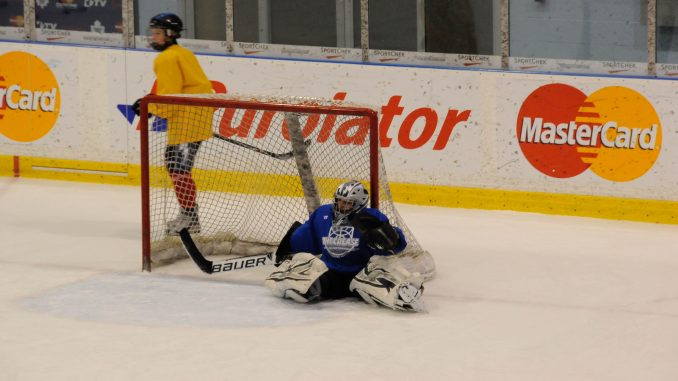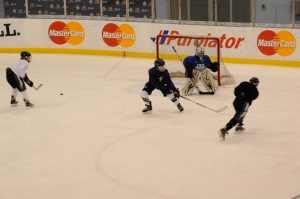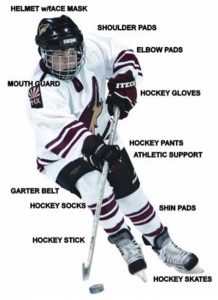
BY JOE CATANIA
Playing costs and potential risk of injury has caused youth hockey in Canada to see a drop in enrolment.
The significant decrease in youngsters playing the sport, caused Hockey Canada to evaluate their strategies in making the game more appealing to families across the country. According to statista.ca, just last year, there was a drop of almost 100,000 registered players in Canada.

In 2014, Hockey Canada along with equipment manufacturing company Bauer, came together and launched a program called, The First Shift, in an effort to attract more families and today’s youth back to playing hockey. Though the program’s goal is to recruit new players, it is those that have been around the game for years, that believe Hockey Canada is still not focusing enough on the right aspects, player safety and high playing prices.
Toronto’s Matthew Tersigni, 26, who played competitive hockey growing up and who has helped coached for various youth hockey teams says, “The cost to play hockey in this country has increased over the years. Not a lot of people can afford to put their kids in it.”
“If they want to make the game more inviting to new players and families, they should lower the cost to play. That be one way to help the growth,” Tersigni said.
Tersigni is not alone with his thinking.
Jacob Scinocca, also from Toronto, who played “triple A”, which is the highest level of minor hockey in Canada, says “it’s extremely expensive. “It’s like you’re paying a tuition just to play a sport.”
“You pay all that money and sometimes its not even fun. It can get to demanding and most of the time it doesn’t get you anywhere,” said Scinocca.
According to Global News, the cost to play competitive hockey in Canada is almost $6,000 a year for each player. This number can grow even larger depending on how many traveling tournaments a team may have or how many equipment updates a player may need.
This is leading families to place their children in sports such as basketball and soccer, where fees for both equipment and enrolment are lower.

The price tag associated with playing hockey is not the only thing causing parents and athletes to shy away from the game. Some are concerned about the risk of injury, particularly to the head.
Ontario Hockey League play-by-play commentator Kyle Liberto, 26, says “I think parents and kids that want to get involved in the game are shying away because of the continuing concern of head injuries and risk of injuries in general.”
“Until we can find a substantial way to minimize risk of injury in hockey, parents will continue to put their kids in low impact sports,” said Liberto.
National Hockey League star Sidney Crosby, is just one of many professional hockey players to miss significant playing time due to receiving a concussion while on the ice, and he is not alone. The trend of head injuries in hockey has made its way down to every level of the game – from pro levels to minor youth levels. It is estimated that almost 3,000 youth hockey players suffer head injuries annually.
In 2013, Hockey Canada made the decision to remove body contact from peewee competitive level hockey and lower age groups (13-year-olds and below) in an attempt to make the game safer for youngsters.
Even with that step taken by the organization, some still don’t believe it’s enough to create a safer game.
“It’s good to see some changes being made, but more strategies have to be created to help make the game safer,” said Tersigni.
It is clear that Hockey Canada needs to revaluate their strategies to make hockey more presentable to future and possible participants, as it seems the cost of playing the game can run deeper than just one’s wallet.
